WORK OF THE CONSERVATION BRANCH
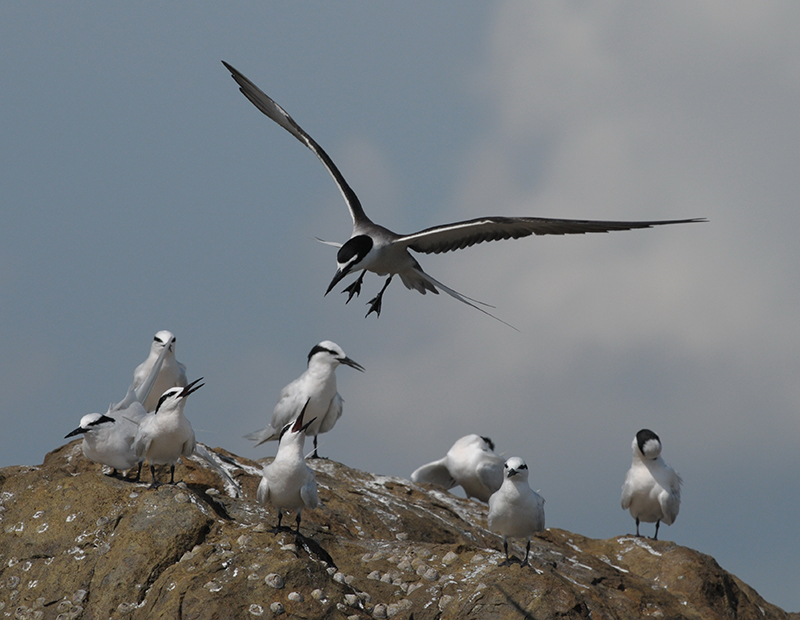
- To conserve local flora, fauna and natural habitats by offering professional advice on development proposals, planning strategies and environmental impact assessments;
- To draw up and implement biodiversity conservation plans, as well as to identify Sites of Special Scientific Interest (SSSI);
- To conduct regular ecological surveys, update inventories and manage an ecological database for Hong Kong;
- To control the release into the environment of genetically modified organisms, as well as their import and export;
- To monitor the ecology of the Mai Po Inner Deep Bay Ramsar Site and to develop and manage the Hong Kong Wetland Park;
- To protect endangered animal and plant species; and
- To promote public awareness of and participation in nature conservation through publicity and educational activities.
NATURAL ENVIRONMENT
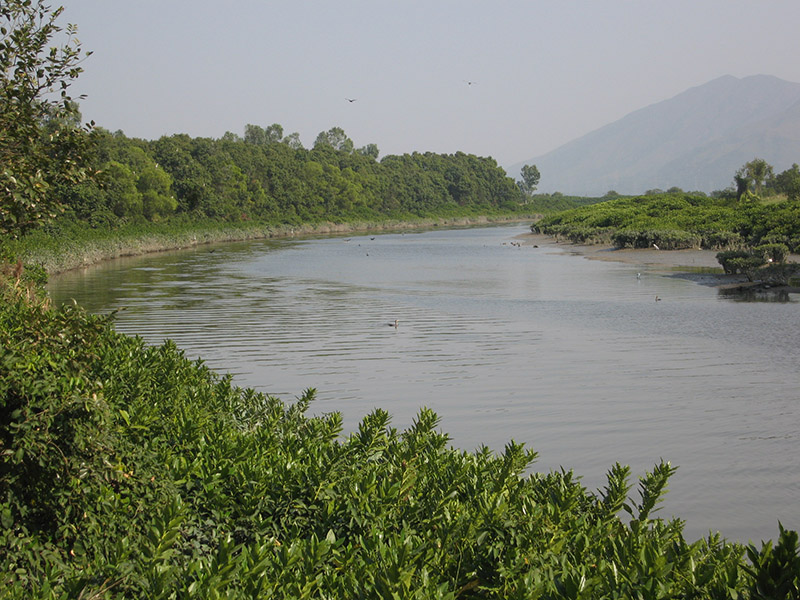
Hong Kong's topography and subtropical climate provide a wide range of habitats that support a rich variety of flora and fauna. Scenically, it has a great deal to offer – a landscape rising from sandy beaches and rocky foreshores to a height of almost 1 000 metres, with woodlands and hilly areas covered by open grassland, as well as a variety of scenic vistas rarely seen in such a small place.
In Hong Kong, there are more than 3 300 species of vascular plants, of which about 2 100 are native; 57 species of terrestrial mammals; 538 species of birds; 185 species of freshwater fish; 86 species of reptiles and 24 amphibian species. Insect diversity is also very high with some 240 species of butterflies and 123 species of dragonflies.
BIODIVERSITY STRATEGY AND ACTION PLAN

A three-month public consultation for formulating the first Hong Kong Biodiversity Strategy and Action Plan (BSAP) was launched in early 2016. With 2 444 written submissions received by end of the consultation period, broad-based public support to the implementation of the BSAP was indicated.
The Government launched the Hong Kong BSAP (2016-2021) on 21 December 2016. Being the first city-level BSAP for Hong Kong, it is the first comprehensive document setting out the strategy and action plan for conserving biodiversity and supporting sustainable development in Hong Kong, according to our own conditions and capabilities.
The BSAP set out an action plan with 67 specific actions in four major areas: enhancing conservation measures, mainstreaming biodiversity, improving knowledge on biodiversity and promoting community involvement. Under the BSAP, the Government will enhance existing measures and undertake new measures to conserve biodiversity, and continue to. mainstream biodiversity, considerations raised by relevant Government bureaux and departments will be incorporated; The AFCD will lead or commission studies on the action plans, and provide funding support for relevant projectswith an aim to enhance public knowledge on biodiversity. To promote community involvement, a variety of education programmes were held during the year. A three-month Hong Kong Biodiversity Festival 2016 was held with 20 partner organisations, offering more than 130 activities such as workshops, eco-tours, seminars and exhibitions, attracting over 160 000 participants.
ENHANCED NATURE CONSERVATION

Under the New Nature Conservation Policy announced in November 2004, 12 Priority Sites have been identified for enhanced conservation through Public-Private Partnership (PPP) and Management Agreement (MA) projects. In 2011, the MA Scheme was extended to cover country park enclaves and private land in country parks to further enhance conservation. The Department is responsible for monitoring the implementation of PPP and MA projects carried out by the private sector or non-governmental organisations in these sites.
As at March 2017, there were five MA projects implemented at four Priority Sites and one country park enclave. The two MA projects commenced in Long Valley and Fung Yuen since 2005 covered around 19 hectares of private land. Two other MA projects in Ramsar Site and Deep Bay Wetland outside Ramsar Site covering about 277 and 352 hectares of fishponds respectively commenced in March 2017 to sustain the efforts in promoting conservation of fishponds in the Inner Deep Bay area. The MA project at Sai Wan enclave commenced in 2017 covered around 0.5 hectares of private land. The increase in the number and diversity of birds in Long Valley and butterflies in Fung Yuen as well as the increased abundance of waterbirds at fishponds during drain-down suggested that the MA scheme was effective in enhancing the conservation value of the sites. In addition to the direct benefit to biodiversity, the projects also raised the conservation awareness of the public, local residents and fish farmers.
ECOLOGICAL SURVEYS AND DATABASE

The Department has been conducting a territory-wide ecological survey programme since 2002 with a view to maintaining and updating an ecological database for Hong Kong. The survey programme covers major habitats of high conservation value in Hong Kong, as well as the distribution and abundance of selected animal groups. As at March 2017, over 300 000 records of species had been collected and stored in the database.
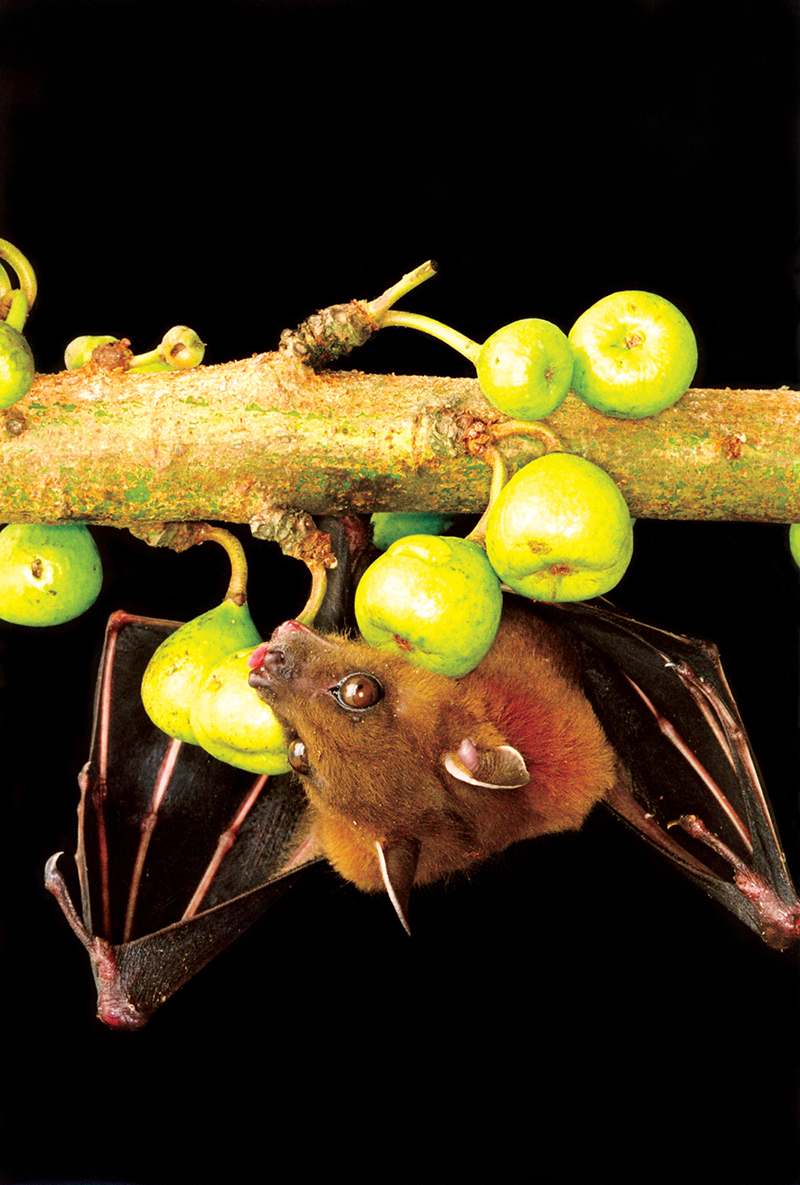
The survey findings confirmed that Hong Kong has a rich biodiversity, including species new to Hong Kong and even new to science. The findings further indicated that a very significant portion of this biodiversity has been well preserved in our protected areas, where over 98% of the terrestrial and freshwater species regularly seen in Hong Kong can be found.
During the year, the Department continued to boost public interest in local biodiversity and arouse public awareness of nature conservation through its online database on representative species and habitats at Hong Kong Biodiversity Online and the Hong Kong Live Eco-map. Survey results and special scientific findings are published regularly in the newsletter of Hong Kong Biodiversity. The newsletters are also uploaded to AFCD website.
THE MAI PO INNER DEEP BAY RAMSAR SITE
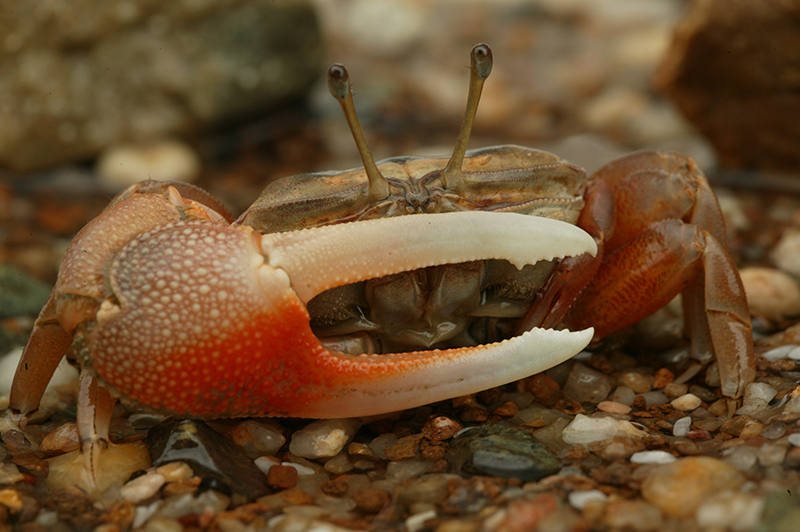
About 1 500 hectares of wetland in the Mai Po and Inner Deep Bay area was listed as a Ramsar Site in 1995. The Mai Po Inner Deep Bay Ramsar Site is located along the major migratory bird flyway “East Asian - Australasian Flyway” and is an important stopover site and habitat, supporting over 150 species of migratory and local waterbird species.
Since 2001, the Department has implemented a baseline ecological monitoring programme for the Ramsar Site. This long-term monitoring programme aims to collect ecological baseline information on the benthic communities and the condition of wetland habitats at the Ramsar Site.
Commissioned by the Department, the Hong Kong Bird Watching Society has been carrying out a monthly waterbird monitoring programme for the Deep Bay area since 1997. From October 2016 to March 2017, the peak count of waterbirds at the Deep Bay in mid-winter was 45 291, including 14 289 ducks and grebes, 15 772 shorebirds, 3 156 gulls and terns, 8 217 cormorants, 3 706 egrets and herons, and 151 rails and coots.
BLACK-FACED SPOONBILLS

The Black-faced Spoonbill is a globally endangered species that can only be found in the East Asia region. In 2016-17 winter, the global population survey recorded 3 941 individuals. The highest count for wintering population in the Deep Bay area recorded in January 2017 was 375 individuals, i.e. about 10% of the global population made the Inner Deep Bay area their winter or stop-over migration site. The area has the fourth largest number of wintering Black-faced Spoonbills in the world.
A conservation plan for Black-faced Spoonbills has been in place since 2001 which aims at maintaining the Mai Po Inner Deep Bay Ramsar Site in favourable conditions for the wintering Black-faced Spoonbills in Hong Kong. The plan also comprises measures for species and habitat protection and management, monitoring and research, education and training as well as regional cooperation.
SEA TURTLES

Green Turtle (Chelonia mydas) is the only sea turtle species that regularly nests in Hong Kong. Various conservation measures have been put in place, including the designation of Sham Wan beach on Lamma Island as a Restricted Area during the nesting period of Green Turtles from June to October each year, regular patrols and public education about sea turtle conservation in Hong Kong. During the year, 28 seized Green Turtles were released from August to November after rehabilitation in Ocean Park Hong Kong. With a view to tracking their movement and locating their foraging grounds in the South China Sea, satellite transmitters were attached to some of these turtles. Satellite tracking revealed that these turtles headed south to the South China Sea via different routes, reaching Wanshan Archipelago, Dongsha, Nansha and Xisha Islands, Hainan Island and as far as to Malaysia.
CONTROL OF TRADE IN ENDANGERED SPECIES
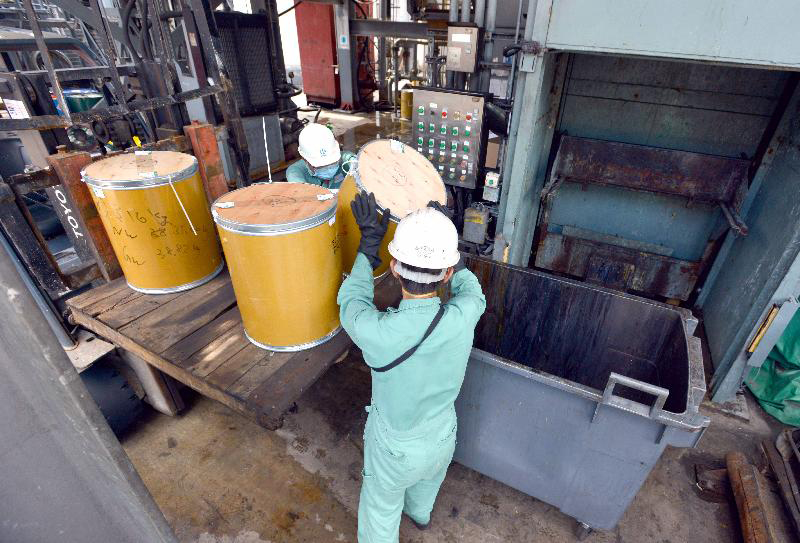
The Protection of Endangered Species of Animals and Plants Ordinance (Cap 586) is the local legislation which gives effect to the Convention on International Trade in Endangered Species of Wild Fauna and Flora (CITES). It strictly regulates the trade in endangered species.
During the year, enforcement actions in combating illegal trade in endangered species were vigorously taken, resulting in 509 seizures that involved a variety of endangered species. The more commonly encountered specimens included live tortoises/turtles, red sandal wood, orchid, ivory, dried seahorse and pangolin carcass/scale.
To send an unequivocal message to the international and local communities that Hong Kong is determined to curb illicit trade in ivory, the Department started the phased destruction of confiscated ivory in 2014. The destruction was completed in June 2016 with a total of 28 tonnes of stockpiled confiscated ivory destroyed.
There have been growing concerns over the poaching of elephants in Africa and the global smuggling of ivory. To demonstrate the Government’s commitment in combating the illegal ivory trade and to contribute to the global efforts in protecting wild elephants, the government announced in December 2016 a three-step plan to phase out the local trade in ivory by the end of 2021, and to impose heavier penalties to enhance deterrent against illicit trade in endangered species. The Government will amend the Protection of Endangered Species of Animals and Plants Ordinance and submit the Protection of Endangered Species of Animals and Plants (Amendment) Bill 2017 to the Legislative Council in mid 2017. Meanwhile, the Department will continue to take vigorous enforcement actions against smuggling of ivory in cooperation with the Customs and Excise Department and the Police.
Continuous efforts were made by the Department in educating the general public, students and traders to raise their awareness of protection of endangered species and compliance with relevant legislation. Such efforts include operating the Endangered Species Resource Centre, conducting talks in schools, holding roving exhibitions at public venues, distributing advisory leaflets as well as mounting displays at the airport and border control points, broadcasting TV and radio Announcement in the public interest and posting notices in in-flight magazines.
Statistics on the control of trade in endangered species are at Appendix 12.
CONTROL OF GENETICALLY MODIFIED ORGANISMS
The Genetically Modified Organisms (Control of Release) Ordinance (the Ordinance) (Cap 607) is the local legislation which gives effect to the Cartagena Protocol on Biosafety to the Convention on Biological Diversity. The Ordinance controls the release into the environment, and the import and export, of genetically modified organisms (GMOs). Under the Ordinance, prior approval has to be sought from the Director of Agriculture, Fisheries and Conservation before a GMO could be released or imported into Hong Kong for release into the local environment. In addition, shipments containing GMOs, when being imported or exported, have to be accompanied with prescribed documents to enable easy identification of the GMOs and to provide the contact points for further information.
The Department has been collecting and testing market samples to monitor the availability of GMOs in local markets and farms since 2008. The Department also launched a number of educational and publicity activities to enhance public awareness and understanding of the Ordinance, including distributing pamphlets to the general public and local farmers and updating the online GMOs Register. Circular letters were also distributed to stakeholders to notify them of the latest news and information about the Ordinance.
THE HONG KONG WETLAND PARK
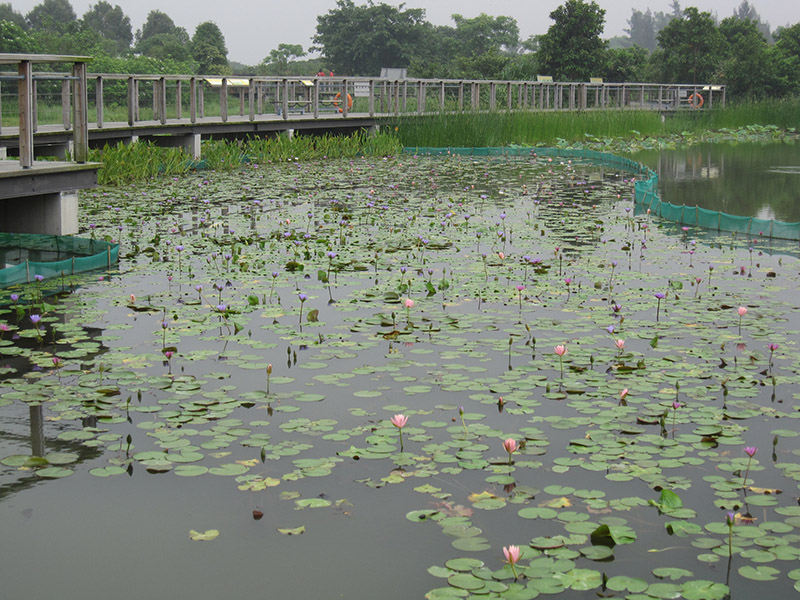
Opened in May 2006, the Hong Kong Wetland Park (HKWP) is a landmark in wetland conservation, with a mission to promote nature-based tourism in Hong Kong and foster public awareness of the values of wetlands. The Park combines the natural beauty of 60 hectares of wetland reserve with a visitor centre of over 10 000 square metres showcasing sophisticated exhibits on wetlands. During the year, the Park attracted about 490 000 visitors.
The Department is responsible for the management of the Park, with respect to daily operation, education and community services, exhibit maintenance, habitat management and marketing promotion.
In 2016-17, the Park organised a wide range of activities for some 195 000 visitors of all ages including guided tours, seminars, wildlife watching classes, contests, puppet shows, art workshops, reading clubs and thematic events.
The Park offered guided visit programmes to students from kindergartens to senior secondary schools. In 2016-17, the Park conducted around 870 guided tours for more than 21 000 teachers and students. In addition, the Park organised exhibitions, talks, teacher's workshops and partnership programmes to support wetland education in schools. Eleven teacher’s workshops were organised in the year to enhance teachers’ knowledge in conducting education activities at the Park.
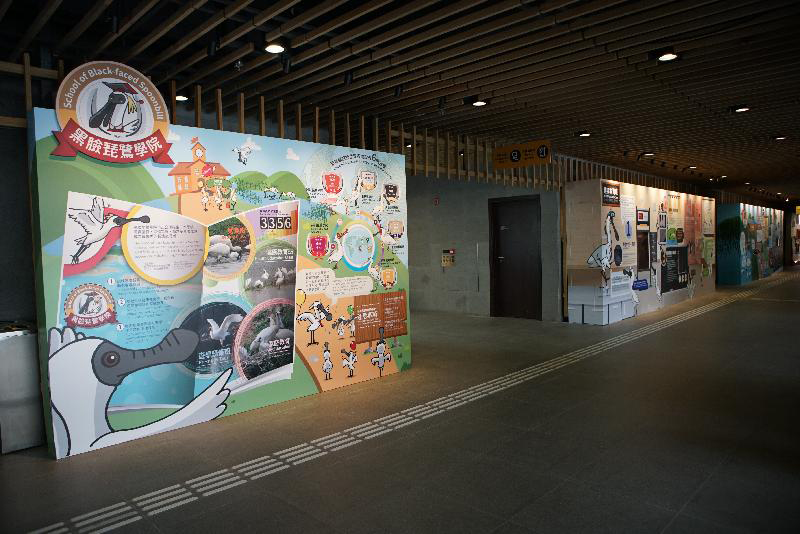
For the general public, the Park organised seven public lectures for around 540 visitors during the year. Various thematic events were organised to tie in with public holidays and major festivals, such as Bird Watching Festival, Talented Architects, Festive Christmas at HKWP, Lunar New Year at HKWP, and Easter Wetland Art Fest.
The Park continued to work with different sectors to promote the awareness of wetland conservation throughout the community. The Hong Kong Wetland Park Volunteer Scheme recruited around 890 volunteers in 2016-17. They assisted in the operation of the visitor centre and habitat management, and offered guided tours for visitors. The Park also established partnership programmes with corporations and non-governmental organisations to draw expertise and resources into the force of wetland conservation.
The Park plays an important role in promoting wetland conservation and education in the Asia Pacific region. Being an active player of the Wetland Link International – Asia network, the Park shared the best practices and experience in wetland education with wetland centres in the region.
Since 2003, the Department has been conducting habitat management at the Wetland Reserve inside the Park with a view to enhancing its ecological functions. The wetland habitats in the Wetland Reserve support Black-faced Spoonbill and many other waterbird species. The cumulative number of bird species recorded at the Reserve has reached 260. Waterbirds or birds dependent on wetlands make up approximately 45% of all species recorded. In addition to birds, ecological surveys conducted at the Reserve have recorded a variety of other species especially the wetland indicators – dragonflies, amphibians and reptiles. The cumulative numbers of dragonfly, amphibian and reptile species recorded at the Reserve are 53, 10 and 31 respectively. This shows that, with proper site design and management, the objectives of nature conservation, education and tourism can co-exist.
HONG KONG HERBARIUM AND FLORA CONSERVATION
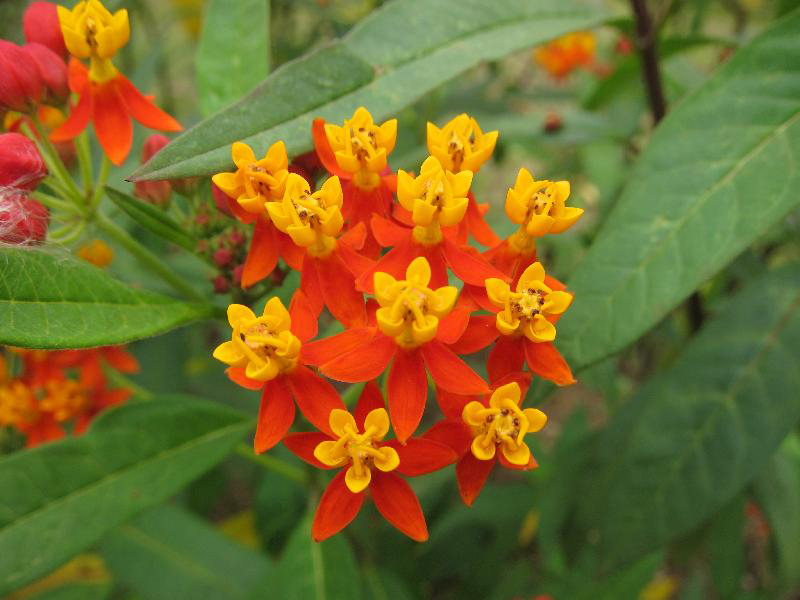
The Department manages the Hong Kong Herbarium which is responsible for the systematic collection, identification and maintenance of plant specimens of Hong Kong's flora. During the year, the specimen collection of the Herbarium exceeded 44 800, more than 300 of which are type specimens, making the Herbarium regionally important.
Following the publication of the English version of Flora of Hong Kong, the Hong Kong Herbarium collaborated again with the South China Botanical Garden in compiling the Chinese version of Flora of Hong Kong. The Chinese version will incorporate updates and revisions to the English version, as well as plant species newly recorded and species new to science. The first volume of the Chinese version of Flora of Hong Kong was published which recorded 22 species and varieties classified in 16 genera of 10 Gymnosperm families, and 615 species, varieties, subspecies and forms classified in 246 genera of 76 Angiosperms families of Magnoliopsida (Dicotyledons).
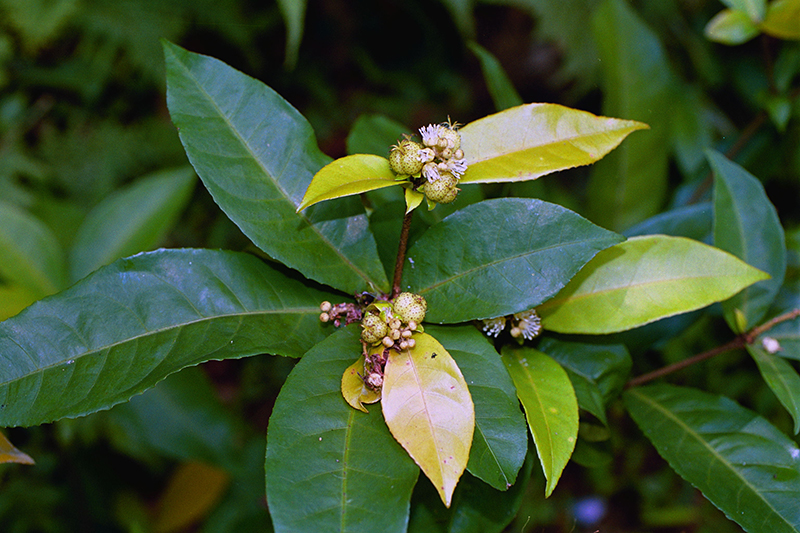
The Herbarium is functioning as a resource centre for plant workers for its collection of specimens, associated field notes and botanical literature offering good reference materials to botanists who wish to study about the local flora. In addition, the Herbarium aims to promote public awareness of local flora through organising guided visits, publishing educational materials and managing the “Hong Kong Plant Database” which provides basic information of more than 3 300 local plant species and over 8 600 photos via the website of the Hong Kong Herbarium.
SITES OF SPECIAL SCIENTIFIC INTEREST
Sites of Special Scientific Interest (SSSI) may be land-based or aquatic sites, which are of special scientific interest because of their flora, fauna, geographical or geological features. Throughout the year, the Department continued to patrol and monitor the conditions and scientific values of all SSSIs. Where warranted, the Department also carried out appropriate habitat management work at some SSSIs to maintain or enhance their scientific value. For instance, Mikania control was conducted at Tai Om Fung Shui Woodland SSSI and She Shan Fung Shui Woodland SSSI to improve the growing condition for native species. The Department also continued to review the status of SSSIs and identify new sites suitable for SSSI listing or make proposals for de-listing those sites no longer deserving the SSSI status due to changes in circumstances over time after their listing. In 2016-17, there are 67 sites listed in the SSSI register.
CONTROL OF WILD MONKEYS
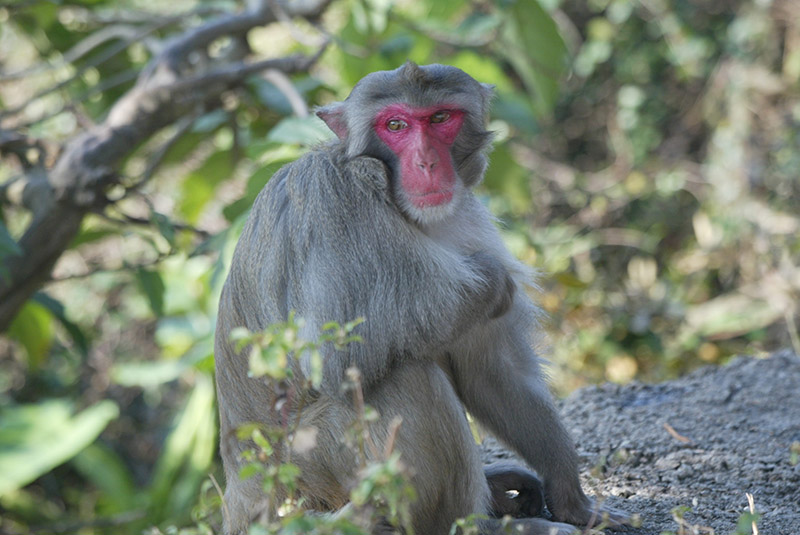
The wild monkey population in Hong Kong had increased in the past years and has caused public concern. To control the population increase in the long term, the Department has stepped up the field trial of contraceptive treatment. In 2016-17, the Department carried out such treatment on 87 monkeys. The Department also strengthened the enforcement of feeding ban in specific country parks to minimise monkey nuisance to visitors. During the year, a total of 72 country park visitors were prosecuted for unauthorised feeding of wild monkeys. With the implementation of both the feeding ban and the contraceptive programme, it is observed that there is a decreasing trend in the population of wild monkeys.
Wild Pigs
Cases of wild pigs straying into the residential areas have been on the rise in recent years. The Department was planning to launch a trial programme to evaluate the effectiveness of a contraceptive drug for mammals on controlling the reproduction of wild pigs in the long term. Moreover, the Department was preparing to set up a working group with relevant stakeholders and local experts to advise on the designs of litter bins and refuse collection points against wildlife’s raids.
 Top
Top